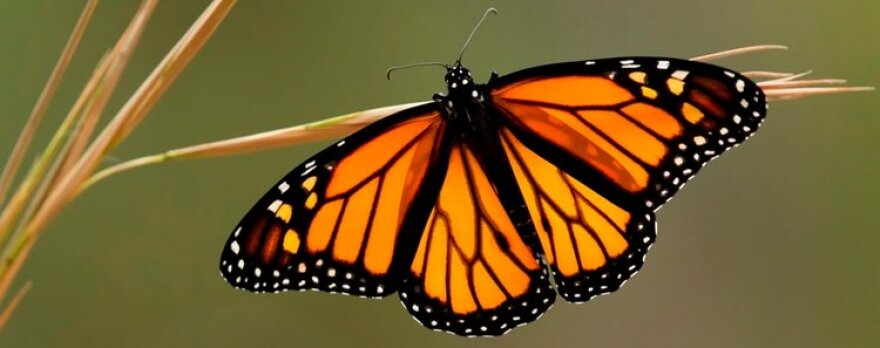To better understand monarch declines, Utah Department of Wildlife Resources biologists have been conducting monarch surveys in Uintah county to look for monarch adults, caterpillars, and eggs.
“They go to known sites where they have at least 10 milkweed plants growing and they capture and tag as many adults as they can to track where those adults might be recaptured. And then you just look at the youngest leaves and try to find evidence of eggs or caterpillars or munching of caterpillars,” said Amanda Barth, the rare insect conservation coordinator with the Utah Department of Natural Resources.
Observing milkweed plants allows biologists to see if monarch populations are increasing or declining within these areas, Barth said. It also helps scientists understand where monarchs migrate to in the fall.
More research is needed to understand all causes of monarch decline. But Barth said biologists think pesticides are a leading cause.
“Each year we see more and more applications for pesticides across agricultural lands,” Barth said. “And that is a big, big issue. Because as these new, longer-lasting, systemic insecticides are applied to agricultural properties, many of those pesticides drift to adjacent habitat and monarchs that encounter any of that habitat are probably going to be poisoned by it, unfortunately.”
This is not new, but Barth worries the impacts are increasing.
“Since 2018, there's been a 35% increase in certain agricultural pesticides, Barth said. “And that is representative of thousands of tons of insecticides applied each year, and that certainly is having effects on non-target species.”
To help monarchs, Barth suggests planting milkweed and other native plants in your yard and contacting your local representatives to ask for their support in protecting critical monarch habitat.



